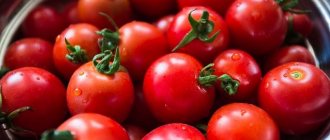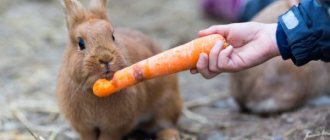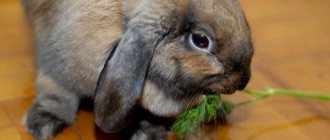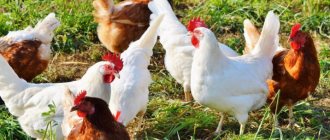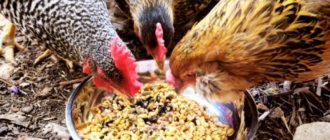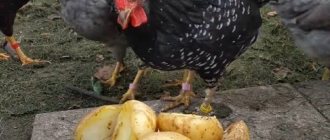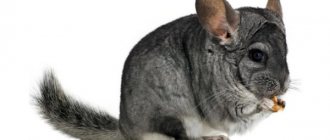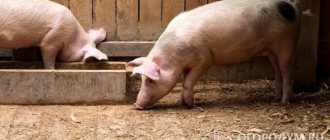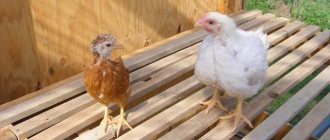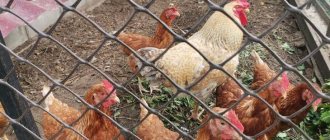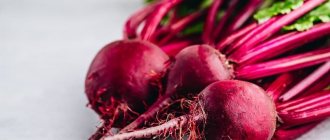In what form can you feed peas, and which is better?
All legumes must be soaked several hours before feeding. Green peas can be given to rabbits and added to their food when dried. And recently picked grains from the beds will provoke flatulence and other problems in the digestive tract.
Feeding rabbits dry peas is also prohibited. You can only make puree from it.
Green peas
Rabbits eat green peas well. It contains up to 20 minerals, vegetable protein and amino acids, organic substances, vitamin B. This is an excellent option to diversify your daily food selection. If the pods and peas are slightly withered, the liquid content in them will decrease, but the vitamins and nutrients will not decrease.
It will be easy to digest in this form. Peas are an excellent supplement in winter, when there is an acute shortage of vitamins.
Dry peas
For winter nutrition you need a supply of dried peas. It is especially important when feeding pregnant and lactating rabbits. This product will make your diet varied, which is very important, especially if cages with animals are located outside or in cold rooms.
Dry peas can be given to rabbits only in processed and prepared form. It is soaked overnight in warm acidified water, then steamed. Then it is brought to a puree state through the process of crushing or grinding.
Tops
Rabbits eat well the tops of legumes. They happily gnaw on fresh and slightly dried pieces of stems and leaves. You can also give bean tops to rabbits.
In terms of its nutritional properties, this product can be compared to average quality hay. But if there are remnants of earth on it, then you cannot feed it.
Since fresh tops contain a large amount of moisture, they need to be slightly dried (withered) and only then included in the rodents’ diet, otherwise this will provoke attacks of colic and pain, as well as the occurrence of tympany (stomach bloating).
Important! Tympany can occur from eating fermented spoiled food and wet heated tops. The disease will develop quickly if poisonous plants get into the food.
Drying for the winter is considered the best way to prepare. In winter, both rabbits and adults need high-calorie and vitamin nutrition. Nevertheless,
For all its usefulness, tops cannot be the basis of the diet - only an additive to the main diet.
Composition of a proper diet
Before giving legumes, including peas, to rabbits, it is necessary to know not only the genetic features of the structure of the animal’s body, but also the composition of the product. This is required in order to assess the benefits or harm that a rabbit may receive when eating a certain type of food.
Rabbit breeding has long been characterized by fairly stringent requirements for food standards, balance and composition. In order for animals to grow successfully, be less exposed to various diseases and have high sexual productivity, their diet must be varied. This is the main rule in feeding rabbits. The combination of green grass, grain, root vegetables, fruits, legumes, mixed feed, hay, silage, as well as various vitamin supplements, is the key to the correct and effective cultivation of these animals.
Advice! Most food for rabbits must have a coarse structure, which is necessary for grinding down constantly growing teeth.
Animals constantly have to chew on something, and in addition to their main food, they are given thin branches of some trees, such as cherry or acacia. Another important point in feeding is the drying of succulent grass (at least a day in a dark place) and other types of food that contain a lot of liquid. In addition, when feeding roughage, you should monitor the purity of the water for the animals, which is given and changed every day. If you neglect this rule of care, you can get negative consequences in the form of the development of intestinal infections.
What other legumes can be given to rabbits?
In terms of value, legume feeds are much better than cereals. Animals can be given lentils, soybeans, beans and beans. They contain a lot of phosphorus, protein and calcium. They also need to be pre-processed and mixed with bran or feed to avoid bloating.
Alfalfa belongs to the legume family. Rabbits are fed this grass in the summer and in the autumn-winter as hay. It is very useful and must be included in a rabbit’s diet - the product helps increase body weight, strengthen bones and immunity, improve the functioning of the digestive tract, endocrine system, and metabolic processes.
Alfalfa is considered an essential source of protein, vitamins K and C, and fiber.
It is especially useful for breeding males. In nursing rabbits, it increases lactation.
Rabbits also need alfalfa during growth - it will help prevent and completely avoid the development of rickets.
The plant should be given in small portions. Since alfalfa contains high concentrations of protein, the stomachs of young rabbits may not be able to digest it. If overfed, adults may develop pyelonephritis or chronic interstitial nephritis.
The best option is to mix alfalfa with dandelions or nettles, plantain or burdock. Its share in the entire feed mass should be no more than 10–15%.
It is recommended to harvest alfalfa before flowering begins (mid-June). During this period, the grass is soft and juicy, with the maximum amount of useful components in the cells.
Green pea pods - benefit or harm
If we talk about peas, it is recommended to feed them to rabbits only in green, fresh form. Without fanaticism, of course, it is best to wither the tops and pods a little, and only then serve them to animals. Peas contain a lot of proteins, so they are easily digestible and they quickly gain weight on them. The amount of lysine and other beneficial substances in the plant makes it one of the most nutritious foods useful for large rodents.
But you need to be very careful when feeding peas to rabbits. Indeed, in large quantities, this plant can harm their health. Peas, like all other legumes, tend to promote severe bloating. Therefore, you need to correctly assess the situation and give it to your pet only in the permitted quantities.
Feeding norms for legumes
Feeding rate for adult or pregnant rabbits: 60 g of steamed peas. Pregnant rabbits can be given up to 100 g of puree.
It is enough to give two-month-old rabbits 20 g of pea puree to try. If no change in health occurs, you can continue to give this type of food daily. Then, for each month of the baby rabbit’s age, add 10 g.
In summer, legumes and tops are included in the regular feed only 2 times a week. Dried pods, as a treat, can be fed only in minimal quantities.
